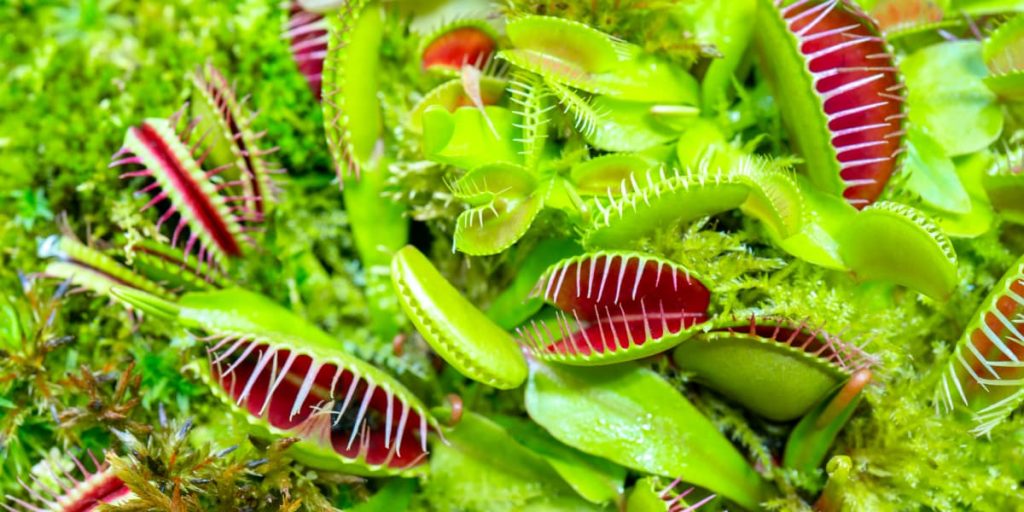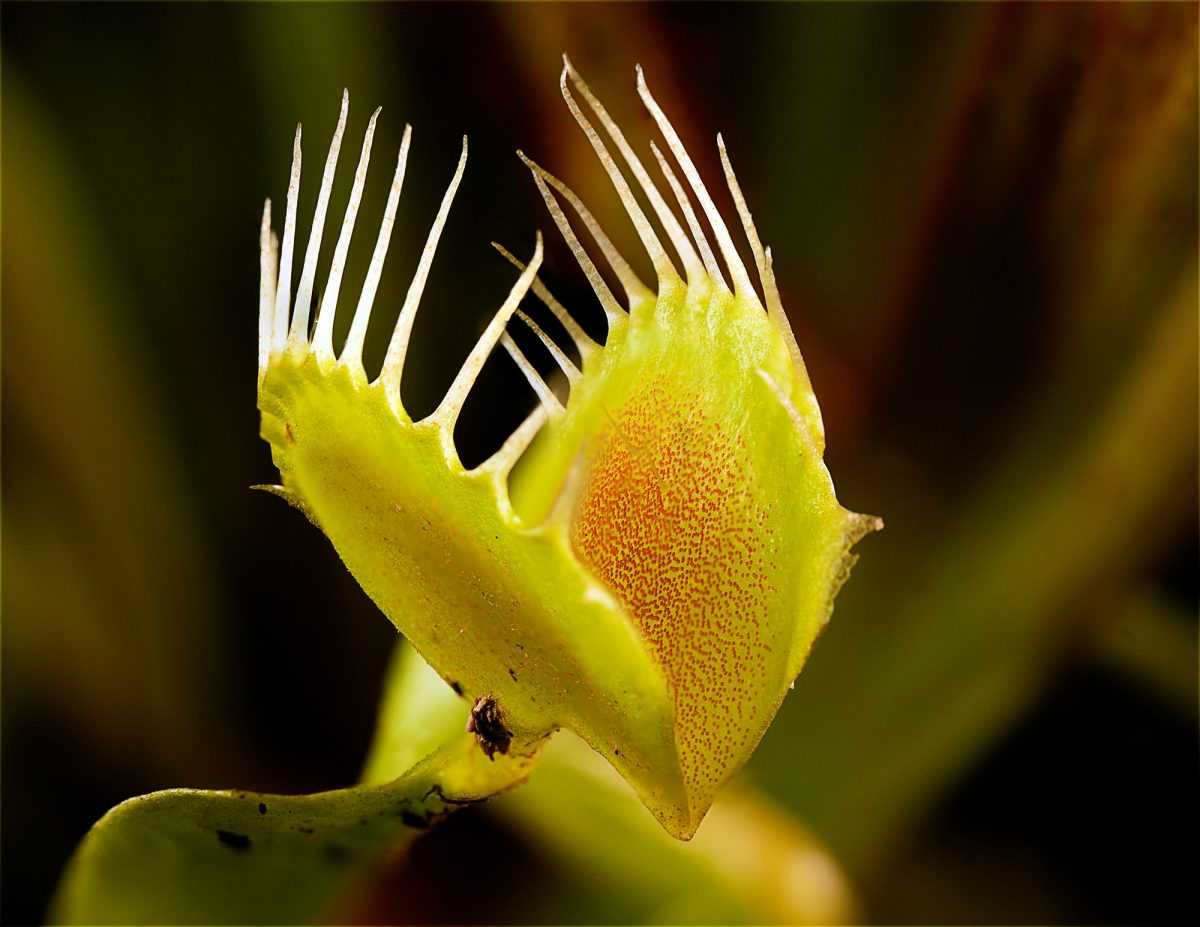Unlocking the Secrets of Dionaea Muscipula
The fascinating world of carnivorous plants has long been a subject of intrigue and curiosity. Among the most iconic and elusive species is the Venus flytrap (Dionaea muscipula), a plant that has captivated botanists and enthusiasts alike with its unique characteristics and adaptations. To successfully cultivate these remarkable plants, it is essential to understand their native habitat and requirements. Native to the bogs and savannas of North and South Carolina, Venus flytraps have evolved to thrive in environments with full sun, high humidity, and nutrient-poor soil. By replicating these conditions in a home setting, growers can provide their Venus flytraps with the ideal environment for healthy growth and development. Whether you’re a seasoned botanist or a curious beginner, learning how to grow Venus fly trap plants requires a deep understanding of their specific needs and requirements. By mastering the art of cultivating these incredible plants, you’ll be rewarded with a truly unique and captivating addition to your indoor or outdoor space.
Choosing the Right Environment: Lighting, Temperature, and Humidity
When it comes to cultivating Venus flytraps, one of the most critical factors is providing the right environment. These plants thrive in conditions that mimic their native habitat, which includes full sun to partial shade, high humidity, and moderate temperatures. To replicate these conditions in a home setting, growers can use a combination of lighting, temperature control, and humidification. For lighting, Venus flytraps require at least 4-6 hours of direct sunlight per day, which can be achieved through south-facing windows or grow lights. Temperature-wise, these plants prefer daytime temperatures between 65-85°F (18-29°C) and nighttime temperatures around 55-65°F (13-18°C). Humidity is also crucial, with a relative humidity of 40-60% being ideal. By controlling these environmental factors, growers can create an optimal environment for their Venus flytraps to thrive. Learning how to grow Venus fly trap plants requires attention to detail and a willingness to replicate the plant’s native conditions. By doing so, growers can enjoy the unique characteristics and benefits of these incredible plants.
Soil and Watering: The Key to Thriving Venus Flytraps
When it comes to cultivating Venus flytraps, the right soil and watering techniques are crucial for healthy growth and development. These plants require a well-draining, nutrient-poor soil mix specifically designed for carnivorous plants. A mix that is too rich in nutrients can actually harm the plant, as it is adapted to obtain its nutrients through insect capture. To create the right soil mix, growers can combine peat moss, perlite, and vermiculite in a ratio of 1:1:1. This mix will provide the necessary drainage and aeration for the roots to thrive. In terms of watering, Venus flytraps require distilled or rainwater, as tap water can contain too many minerals and chemicals. Overwatering is also a common mistake, as it can lead to root rot and other problems. To avoid this, growers can water their Venus flytraps by sitting the pot in a saucer of water for 10-15 minutes, allowing the plant to absorb the water it needs. By using the right soil mix and watering techniques, growers can provide their Venus flytraps with the ideal conditions for growth and development. Learning how to grow Venus fly trap plants requires attention to detail and a willingness to provide the right environment, including soil and watering conditions.
Feeding Your Venus Flytrap: A Guide to Insect Supplementation
Feeding your Venus flytrap is an essential part of its care, as it provides the plant with the necessary nutrients for growth and development. In the wild, Venus flytraps obtain their nutrients by capturing and digesting insects. To replicate this process in a home setting, growers can feed their Venus flytraps with live insects, such as flies, spiders, and ants. It’s essential to provide a varied diet, as this will ensure that the plant receives a broad range of nutrients. When feeding your Venus flytrap, it’s crucial to use live insects, as dead insects will not trigger the plant’s digestive process. Additionally, avoid feeding your Venus flytrap with insects that are too large, as this can cause the plant’s leaves to become damaged. A good rule of thumb is to feed your Venus flytrap with insects that are no larger than 1/3 the size of the plant’s leaves. By providing your Venus flytrap with a balanced and varied diet, you can ensure that it receives the necessary nutrients for healthy growth and development. Learning how to grow Venus fly trap plants requires attention to detail, including providing the right food for optimal growth.
Potting and Repotting: Techniques for Healthy Root Growth
Potting and repotting are essential techniques for promoting healthy root growth in Venus flytraps. When potting a Venus flytrap, it’s crucial to select a pot that is specifically designed for carnivorous plants. These pots typically have drainage holes in the bottom to prevent waterlogged soil and root rot. A well-draining potting mix is also essential, as it will help to prevent the roots from becoming waterlogged. When repotting a Venus flytrap, it’s best to do so in the spring or summer when the plant is actively growing. This will help to minimize stress on the plant and promote healthy root growth. When handling the roots, it’s essential to be gentle and avoid damaging them. This can be done by carefully removing the plant from its pot and gently washing away any old potting mix. Once the roots are clean, the plant can be placed in its new pot and fresh potting mix can be added. By following these techniques, growers can promote healthy root growth and help their Venus flytraps to thrive. Learning how to grow Venus fly trap plants requires attention to detail, including proper potting and repotting techniques.
Common Pests and Diseases: Troubleshooting and Prevention
Despite their unique characteristics, Venus flytraps can be susceptible to pests and diseases, just like any other plant. Some common pests that can affect Venus flytraps include spider mites, mealybugs, and aphids. These pests can cause damage to the plant’s leaves and roots, and can even spread diseases. To prevent pest infestations, growers can use organic pest control methods, such as neem oil and insecticidal soap. Regularly inspecting the plant for signs of pests and taking action quickly can also help to prevent infestations. In addition to pests, Venus flytraps can also be susceptible to diseases, such as root rot and leaf spot. These diseases can be caused by overwatering, poor air circulation, and high humidity. To prevent diseases, growers can ensure that the plant is receiving proper care, including adequate light, water, and air circulation. By taking preventative measures and being aware of the common pests and diseases that can affect Venus flytraps, growers can help to keep their plants healthy and thriving. Learning how to grow Venus fly trap plants requires attention to detail, including being aware of potential pests and diseases.
Propagation and Division: Sharing Your Venus Flytrap with Others
Propagation and division are essential techniques for sharing your Venus flytrap with others and creating new plants. Venus flytraps can be propagated through division, which involves separating the plant’s roots and leaves to create new individual plants. The best time to divide a Venus flytrap is during the spring or summer when the plant is actively growing. To divide a Venus flytrap, start by carefully removing the plant from its pot and gently washing away any old potting mix. Next, use a sharp knife or pruning tool to separate the roots and leaves, making sure each new plant has at least one growing point. Once the new plants are separated, they can be potted in a well-draining soil mix and provided with adequate care. It’s essential to provide newly divided plants with bright, indirect light and high humidity to help them establish themselves. By following these steps, growers can successfully propagate and divide their Venus flytraps, sharing these unique plants with others and creating new generations of plants. Learning how to grow Venus fly trap plants requires attention to detail, including proper propagation and division techniques.
Advanced Care Techniques: Pruning, Training, and Showcasing
Once you have mastered the basics of Venus flytrap care, you can move on to more advanced techniques to take your plant to the next level. Pruning is an essential part of Venus flytrap care, as it helps to maintain the plant’s shape and promote healthy growth. To prune your Venus flytrap, simply remove any dead or dying leaves or traps, and trim back any overgrown stems. Training is another advanced technique that can help to create a stunning display. By gently bending the stems and leaves of the plant, you can create a unique and eye-catching shape. Showcasing is also an important part of advanced Venus flytrap care. By displaying your plant in a decorative pot or terrarium, you can create a beautiful and unique display that will add a touch of elegance to any room. To create a stunning display, choose a pot or terrarium that complements the plant’s natural colors and textures, and add some decorative rocks or moss to create a visually appealing arrangement. By following these advanced care techniques, you can take your Venus flytrap to the next level and create a truly unique and stunning display. Learning how to grow Venus fly trap plants requires attention to detail and a willingness to experiment with new techniques.





:max_bytes(150000):strip_icc()/how-to-care-for-venus-flytrap_03-5662783-Primary-2fb390eb65b645fa84cbe29edfa00a18.jpg)



